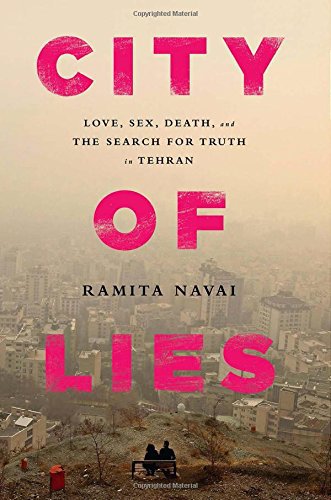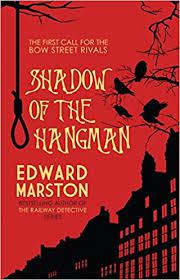
From above, Tehran has an ethereal glow. An orange mist hangs over the city, refracting sunrays: a thick, noxious haze that stubbornly clings to every corner, burning the nose and stinging the eyes. Every street is clogged with cars coughing out the black clouds that gently rise and sit, unmoving, overhead…- Ramita Navai, City of Lies
I’ve always been intrigued by Iranian history and this book was fascinating. It’s a collection of stories from various Tehranis, giving us lots of insight into Iranian society. These are the stories of Tehrani citizens, told to the reporter/writer, citizens including a prostitute, an assassin, an exile, and a closeted Islamic militia member.
What I’ll say is this: people who are obsessed with morals and laws are often the least moral (and the most abusive). Some of the stories in the book are heart-wrenching and so unfair. The hypocrisy of life within a very rigid religious society was so obvious from these stories, particularly the hypocrisy around sexuality.
I learned a lot of interesting tidbits about Iran; for example, I had no idea that in the 1970s lots of Iranians provided cheap labour to Japan, doing the ‘3K’ jobs ; kitanai (dirty), Kitsui (difficult), and kurushii (painful). Nor did I know about the chronic drug problem in the country.
Iran seems to be a place of contradictions, and a place where people, young women in particular, seem to be oppressed. Take Somayeh whose family believes that “religion means living by the words of the Koran and the Supreme Leader’s fatwas to earn a place in paradise”:
Somayeh and her friends strongly believed that the hejab should be enforced. They agreed with the law, which states that if your make-up and clothes are contrary to public decency and you intend to attract attention, you can be arrested and taken straight to court…The girls were not to blame for their misogynous views. They had been fed the regime’s line on hejab, which was usually touted around the city via huge billboard advertisements, since birth.
I’m always interested by how oppressive regimes use children to further their agendas, and how they program them to do so. For example:
Morteza’s own views were not changing so much as being formed for the first time. The lectures were having an effect. Islamic scholars thundered about the dangers of moral decay, titillating the boys with enough morsels of lascivious detail to keep them interested and entrusting them with enough responsibility to keep them excited. The boys were wide-eyed with pride when they were told tha they were the guardians of their citizens’ virtue.
I was incredibly frustrated by the limitations such regimes put on its people, the hypocrisy which unfortunately hurts the women and children the most, and how people have to often hide who they truly are. Navai did share some important stories though, and regardless of how oppressive the regime is, people do their best to live, and I’d say that’s pretty inspirational.
The book did remind me of Persepolis, the feminist graphic novel set in Iran, and it’s no wonder because the women in these stories were treated abysmally.
Advertisements Share this:




